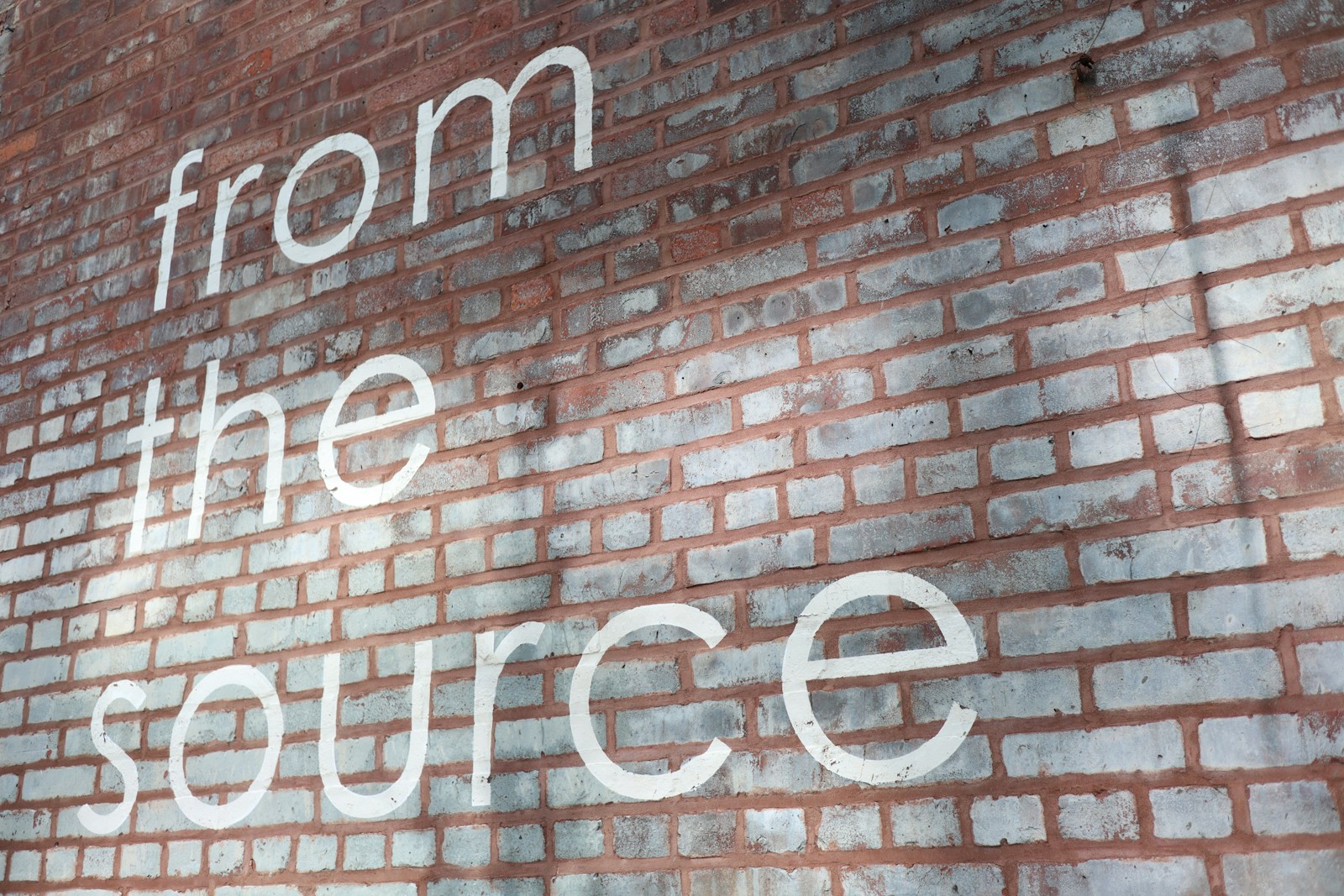If you’re trying to buy your first home in Edmonton, the mortgage rule changes over the past year will impact your monthly number. Since August 1, 2024, first-time buyers of newly built homes can qualify for insured 30-year amortizations—a longer payback period that lowers the monthly payment compared with a traditional 25-year term.
Ottawa followed that by raising the insured purchase-price cap to $1.5 million, widening the pool of homes that can be bought with less than 20% down (you still have to meet the minimum down-payment formula and standard approval ratios). Taken together, these changes can open doors for Edmonton buyers who were just shy on cash flow or down payment before the changes came into effect last year. (Canada.ca)

The government’s June and July 2024 releases introduced the 30-year insured option for first-time buyers of new builds. This isn’t a silver bullet—stretching payments to 30 years increases the total interest you pay—but it’s a practical lever for entry-level affordability and provides more options to folks looking to enter the housing market. (Canada.ca)
On the insurer side, CMHC’s “Home Start” program describes the nuts-and-bolts for new-build purchases, including the maximum 30-year amortization, that the property must be suitable for year-round occupancy, and that insured loans apply to homes under $1.5 million. In plain English: if you are a first-time buyer looking at a new-construction home in Edmonton and you meet the usual income/credit tests, the 30-year insured path is a viable option. Your lender or broker will confirm whether your specific file routes through CMHC or another insurer and how premiums apply. (Canada Mortgage and Housing Corporation)
Keep in mind that the $1.5M limit was brought in to effect for housing markets in markets like Vancouver and Toronto. In Edmonton, there are plenty of attractive and viable options for single-detached new homes for well under $500 000. It’s important to keep this in mind, as a lot of the changes to the rules don’t really make a meaningful difference in the Edmonton market.
Before we go further, two quick, practical clarifications. First, minimum down-payment rules did not change: it’s 5% on the first $500,000 of price, 10% on the portion from $500,000 to under $1.5 million, and 20% down if the price is $1.5 million or more (because those cannot be insured). Second, the old First-Time Home Buyer Incentive (shared-equity) is not coming to the rescue—it stopped accepting new applications in March 2024. Build your plan without it, with help from your Realtor.

What the 30-Year Option Actually Does to Your Payment
At today’s common fixed rates, moving from 25 to 30 years generally trims the monthly payment by roughly a high-single-digit percentage—often enough to make the budget work, even though you’ll pay more interest over the life of the mortgage. I can’t stress this enough - yes, your monthly payment will be lower, but your overall cost of borrowing will increase.
If you want a concrete feel for the difference at typical Edmonton purchase sizes, I’ve prepared a simple comparison you can open or share: 25 vs 30-Year Payment Comparison (CSV). Use it to pressure-test your comfort zone before you lock anything in.
The “Zero-Down” Question—What’s Real (and Safe) in Canada
A literal $0 down insured mortgage on a primary residence is not permitted in Canada. You must meet the minimum down-payment formula above. But there are legitimate ways to reduce the cash you bring to the table by sourcing the down payment differently.
The first—and most buyer-friendly—tools are registered accounts you control. The First Home Savings Account (FHSA) lets you contribute up to $8,000 per year (to a lifetime $40,000), deduct those contributions at tax time, and then withdraw tax-free for a qualifying first home.
You can also stack this with the RRSP Home Buyers’ Plan (HBP), which now allows $60,000 per buyer to be withdrawn and repaid over 15 years. Together, FHSA + HBP can cover all or most of an entry-level down payment for many Edmonton purchases.

Next are traditional gifts from immediate family. Insurers treat non-repayable family gifts as an acceptable, “traditional” source of down payment, provided the paperwork is in order and the funds are in place before closing. This can bridge the last few percentage points when your own accounts are close but not quite there. (Canada Mortgage and Housing Corporation)
A third path is the much-talked-about “borrowed down payment,” sometimes called Flex Down. Here, the buyer borrows the 5% (e.g., via a personal loan or line of credit), and the lender/insurer underwrites the file only if you still pass debt-service ratios after counting that new payment. This option exists in the market through private insurers—Sagen and Canada Guaranty publish product pages outlining borrowed-down-payment programs, and you’ll also see recent broker materials referencing acceptable structures. The trade-off is obvious: you’re layering a second payment on top of your mortgage, so qualification and long-run cost both tighten. Move carefully, compare the APRs, and get professional advice before making any big decisions. (Sagen)
Finally, there are alternatives that can function like “no-down” in practice but come with strings attached. RE/MAX Canada’s consumer explainer on buying with no down payment walks through options such as private lenders (usually higher rates/fees on short terms), vendor take-back (VTB) mortgages where the seller finances part of the deal, and rent-to-own models that credit a slice of your rent toward a future purchase. Each can be a stepping stone, but none are free money—you’ll want to review these plans with your Realtor, a licensed mortgage provider, and in some cases even your lawyer to ensure that you are making an informed decision.
For many first-timers, it’s still smarter to use FHSA + HBP and buy a new build with a 30-year insured amortization than to jump into expensive private financing just to move in to your first home a few months sooner. (RE/MAX Canada)

A Simple Edmonton Playbook
Start with a real pre-approval from a broker who places insured files every day and ask them to price both 25-year and 30-year scenarios, with and without a borrowed down payment. While they’re working, open an FHSA if you qualify, map out what you could withdraw under the HBP, and decide whether a family gift is possible (or preferable to adding new debt).
If you’re aligned on the 30-year route, shortlist new-build options that fit your lifestyle—townhomes and compact singles are common, and Edmonton’s west-end and southwest corridors have steady builder activity. In fact, Mike Pabian (the author and licensed Realtor with REMAX Excellence) is a VIP Realtor with Cantiro Homes.
Lock realistic financing conditions on your offer, seek a rate hold if appropriate, and plan your new-construction walkthroughs and timelines with your Realtor and lender so nothing is rushed at the finish line. (Canada Mortgage and Housing Corporation)

Quick FAQ
Do all first-time buyers automatically get 30 years?
No. The 30-year option is tied to insured mortgages and, in practice, is centered on new-build purchases under the current rules. Your lender will confirm what’s available for your file today. (Canada.ca)
What’s the minimum down payment now that the cap is $1.5M?
The formula is unchanged: 5% to $500,000, 10% on the portion from $500,000 to under $1.5M, and 20% if the price is $1.5M or more (no insurance available at or above $1.5M). (www.gazette.gc.ca)
Is the shared-equity First-Time Home Buyer Incentive still available?
No. It closed to new submissions in March 2024, with no new approvals after March 31, 2024. (Canada Mortgage and Housing Corporation)
Is “zero-down” really allowed?
You must meet the minimum down-payment rules. But you can source that down payment via FHSA, HBP, family gifts, or—case-by-case—borrowed down payment programs if you still pass debt-service ratios. Each path has conditions; work with a professional mortgage broker and your realtor to model the full cost. (Canada.ca)

Sources
Department of Finance Canada – 30-year insured mortgages for first-time buyers of new builds; backgrounders and timing. (Canada.ca)
Canada Gazette, Part II – Regulations amending Insurable Housing Loan rules; insured purchase-price limit to $1.5M; effective dates. (www.gazette.gc.ca)
Reuters – Coverage of the insured cap increase to $1.5M and extension of 30-year options, providing context on policy goals and market impacts. (Reuters)
CMHC – Home Start program page and news release outlining 30-year insured options on new builds and core eligibility factors. (Canada Mortgage and Housing Corporation)
CRA – FHSA contribution/withdrawal rules and HBP withdrawal limit increase to $60,000 with 15-year repayment. (Canada.ca)
CMHC – First-Time Home Buyer Incentive status (closed to new applications). (Canada Mortgage and Housing Corporation)
Insurer examples – Borrowed down-payment programs (Sagen; Canada Guaranty Flex 95 Advantage) and recent broker documentation. (Sagen)
RE/MAX Canada – Consumer explainer: How to Buy a Home with No Down Payment (private lenders, VTB, rent-to-own, equity strategies). (RE/MAX Canada)
Looking for more information? Have questions? Call Mike Pabian with REMAX Excellence for a no-pressure, free consultation. Mike specializes in helping First - Time buyers. In fact, over 90% of Mike’s business in 2025 involved a first-time buyer. Check out his glowing reviews here or text him at 780-232-2064.


